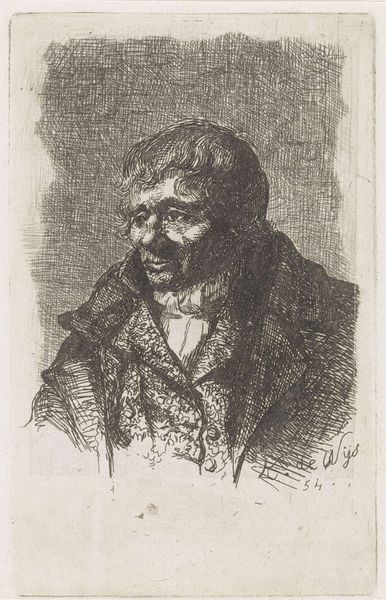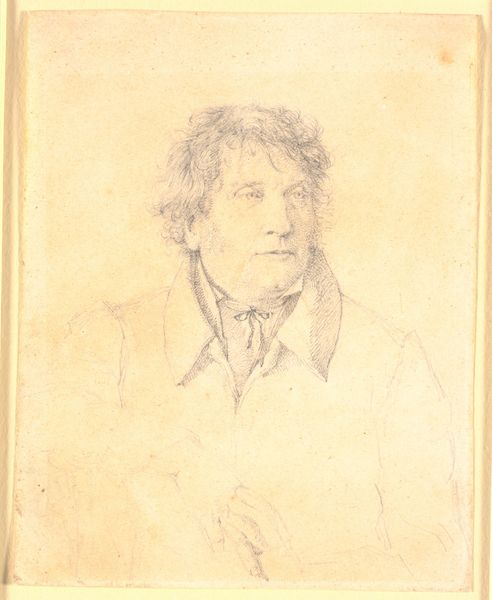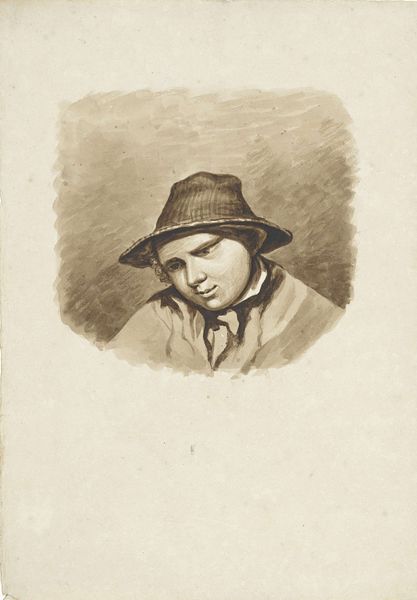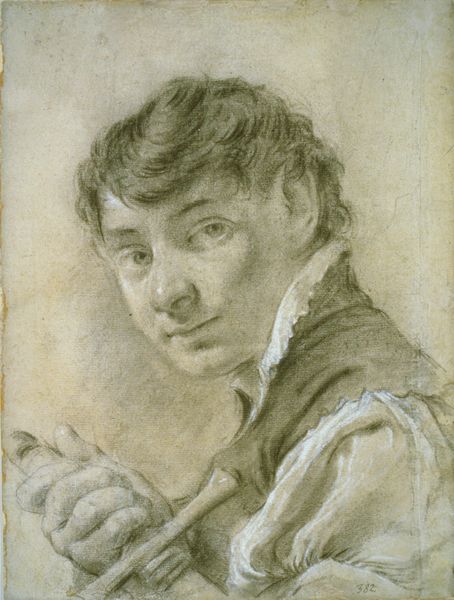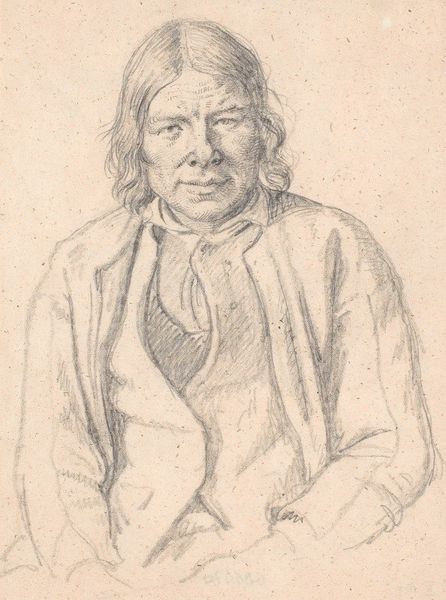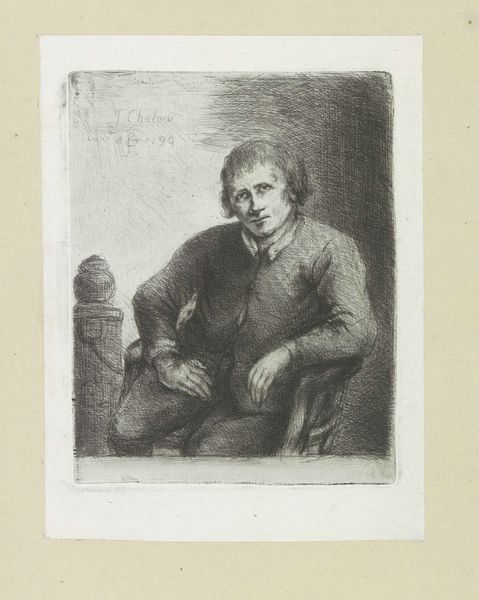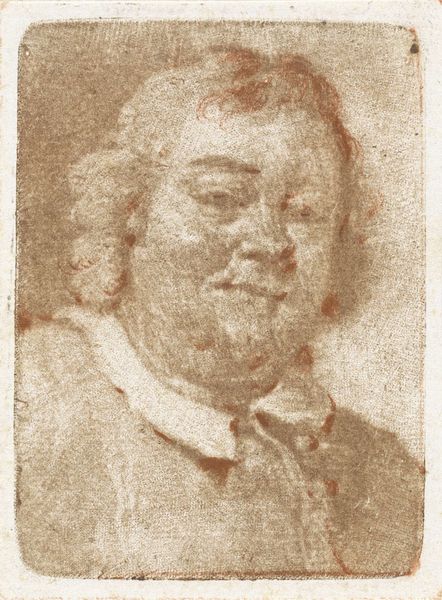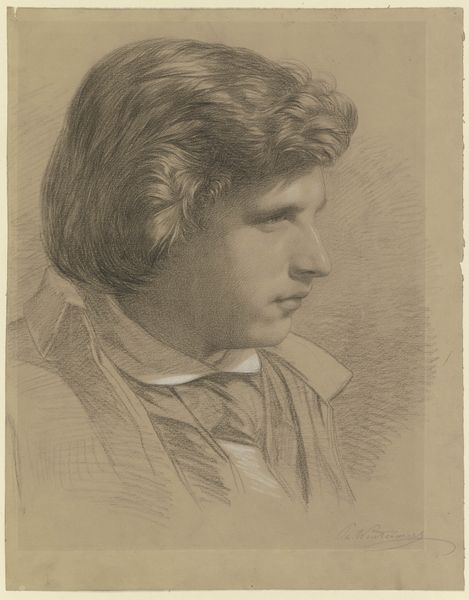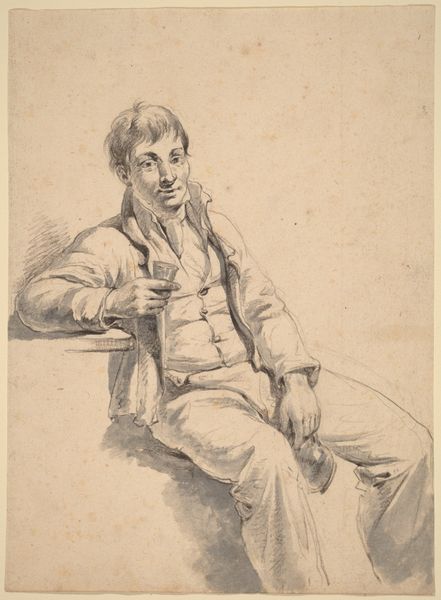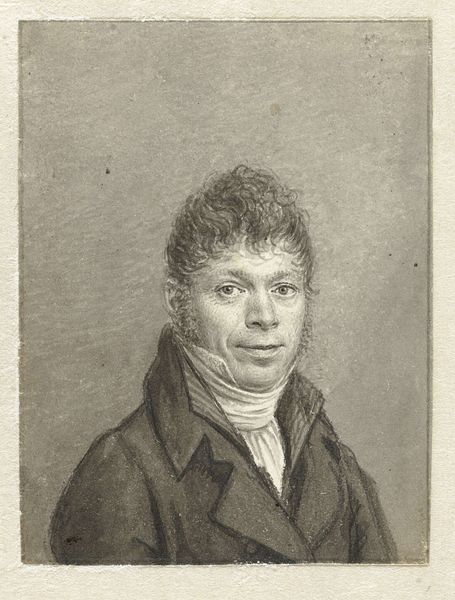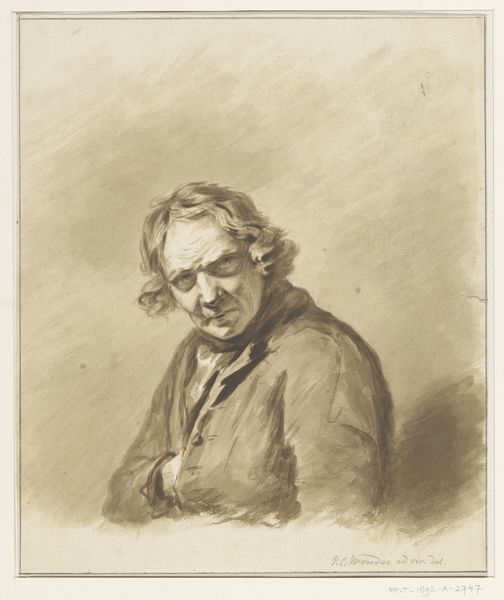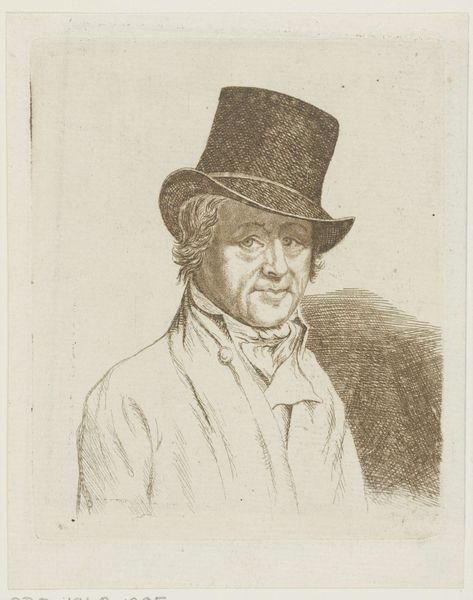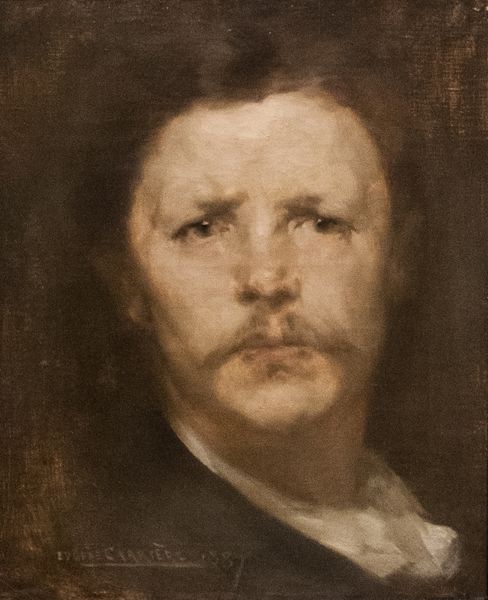
drawing, print, paper, chalk, charcoal
#
portrait
#
drawing
#
self-portrait
#
baroque
# print
#
charcoal drawing
#
paper
#
charcoal art
#
chalk
#
water
#
portrait drawing
#
charcoal
Dimensions: 393 × 296 mm
Copyright: Public Domain
Editor: This is Giovanni Battista Piazzetta's "Portrait of a Man," made around 1730, and rendered in charcoal, chalk, and white chalk on paper. It's quite striking. What really stands out to you about this drawing? Curator: Let's think about the materials. Piazzetta isn't using expensive oils; instead, he’s leveraging readily available and comparatively inexpensive charcoal and chalk. This choice has implications for how we understand his practice. Is this a study for a larger work? Is it a conscious decision to democratize portraiture, moving it away from the exclusive domain of the wealthy and oil paint? Consider how the very act of drawing, the labor involved in creating these lines and shading, shifts the artistic focus away from mere representation and toward the process itself. Editor: That's fascinating. I hadn’t thought about it in terms of democratization. Does the choice of materials also relate to the subject being depicted? I mean, would a noble have wanted their portrait rendered in charcoal? Curator: Precisely. This connects to consumption and social standing. Oil paint carried an aura of status. Charcoal? Less so. But think about the *paper* itself too. Where was it made? Who was involved in its production? Was it locally sourced or imported? Piazzetta’s materials offer an intriguing lens through which to view the socio-economic context of his time. The medium *is* the message, here. It isn’t necessarily a comment but we must consider its function as well. Editor: So, even a seemingly simple drawing opens up a much larger conversation about material culture and the means of artistic production. I guess I never thought of art history in such grounded terms. Curator: It’s a vital perspective! Looking closely at the “how” and “what” an artwork is made *of* brings us closer to understanding its place in the world and the artist’s role within that world. The layers and their connection offer a view of society beyond that which may be immediately apparent.
Comments
No comments
Be the first to comment and join the conversation on the ultimate creative platform.
